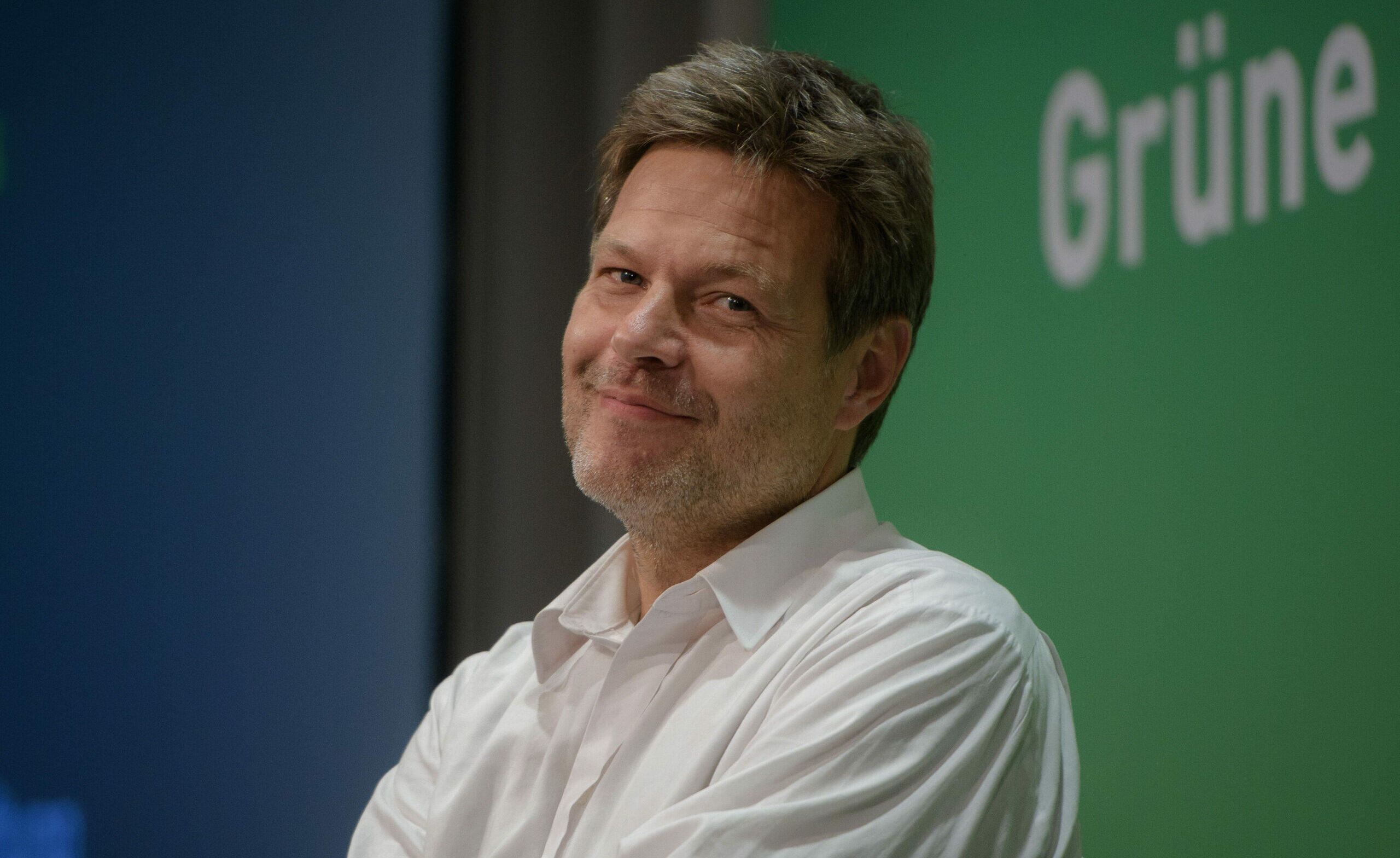Let me explain how German energy policy wants to cripple the economies of other EU states

Germany's main interest is not to drive EU climate action, but to prevent its industry from being disrupted by the energy transition. GB Zorzoli's analysis for Energy Magazine
GAS IN SUSTAINABLE TAXONOMY
The Brussels proposal on taxonomy has sparked particularly heated controversies. For one of the two balls of contention – gas greening – almost all interventions have been slow to realize the constraints contained in the European Commission's proposal, which limits financial benefits almost exclusively to combined cycles designed to replace coal-fired power plants, accelerating their closure. A case study that mainly concerns Germany and Poland.
No one can doubt which of the two countries has influenced this approach the most, which, moreover, allows Germany to kill two birds with one stone.
Following a ruling by the Constitutional Court, which had judged the 55% cut in emissions to be insufficient to ensure the timely achievement of climate neutrality, the German Parliament has in fact amended the national climate law, bringing the cut to 65% by 2030. , an unattainable goal without the phase out for this deadline of coal and lignite power plants, which in 2021 contributed almost 30% to electricity production.
In addition, this objective was included, albeit with some caveats, in the government agreement of the traffic light coalition, thus acknowledging one of the pressing demands of the Greens.
ECONOMIC COSTS AND ENVIRONMENTAL IMPACT
The second confirmation indirectly concerns, with negative effects, European energy-climate policies.
In 2021, the European Commission extended the Consortia Block Exemption Regulation for another four years, which authorizes maritime transport companies to join together without infringing the EU antitrust rules.
According to a recent parliamentary question presented to the Chamber, this Regulation has created "a situation of oligopoly, in which three companies hold 45.3% of the global merchant fleet and just ten control 80% of the market".
As an article published in "Il Sole 24 Ore" of January 15 ("The environmental cost of the oligopoly of Northern European ports") denounces, in addition to increasing costs, this anti-competitive situation has favored, coincidentally, the Northern European ports also for goods destined for southern Europe, with a greater distance for maritime and land transport, which annually involves "the waste of at least 750,000 tons of oil equivalent and the emission of at least 345,000 tons of CO2".
The European Commission, which likes to portray itself as a champion of the free market, therefore continues to favor anti-competitive practices that not only penalize businesses and consumers in a significant number of Member States, but, unlike the other examples cited, in addition to not respecting the par condicio also have a negative environmental and climate footprint, which is the exact opposite of what the Commission says it wants to pursue.
THE LIABILITIES OF OTHER EUROPEAN COUNTRIES
However, the passivity of the governments of other countries is co-responsible for this state of affairs. The 24 Hours article focuses in particular on the chronic Italian underestimation of the phenomenon, from which the current government has not so far escaped, starting from the lack of technological adaptation of the port systems of the Upper Tyrrhenian and Upper Adriatic, which would give strength to initiatives towards Brussels.
However, identical criticisms can be advanced for the tacit acceptance (with the right to grumble) of decarbonization objectives that went in the right direction, but tailored as tailored suits for German interests.
On 11 December 2019, when it proposed the European Green Deal (EGD), the European Commission announced that by June 2021 it would present a plan "to increase, compared to 1990, the reduction of greenhouse gas emissions in 2030 to at least 50% , but tending to 55% ", adopting the following measures:
a) revision of the ETS, with the possibility of extending its application to the maritime sector and reducing the free quotas for the aviation sector;
b) environmental review of the Energy Tax Directive:
c) to reduce the risk of carbon leakage, introduction of the carbon border adjustment mechanism in a selected number of industrial sectors.
Two years ago, therefore, the main measures required to implement the EGD were already explicit, which the Fit for 55 package limited itself to putting pen to paper. What is surprising is therefore the multiplication of criticisms, often very harsh, advanced only when the oxen had already escaped from the stable.
In fact, all the precedents tell us that the Commission's proposals, with a European Parliament traditionally inclined to approve objectives that are higher than those of Brussels, lead to a final compromise that does not overturn them.
It is true for Italy (but also for other countries): why has none of the governments that have succeeded one another in the last thirty years advanced proposals for decarbonisation, which anticipated the European ones, instead of chasing after the latter?
(Extract from an article published in Energy Magazine; here the full version )
This is a machine translation from Italian language of a post published on Start Magazine at the URL https://www.startmag.it/energia/germania-transizione-energetica-economia-europa/ on Sat, 22 Jan 2022 07:07:00 +0000.
